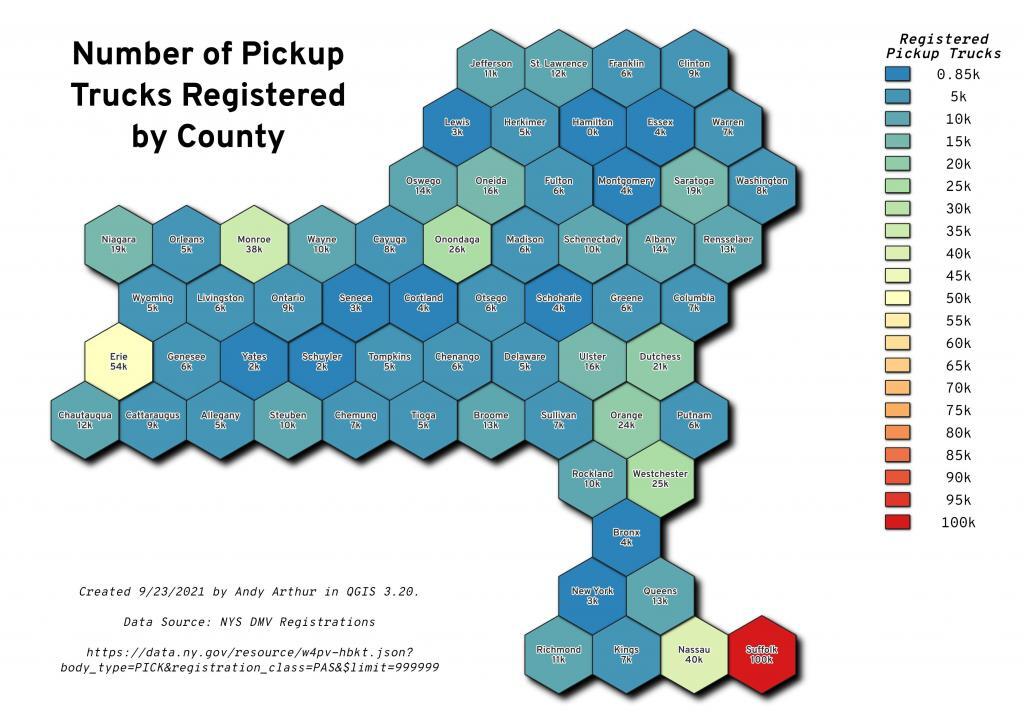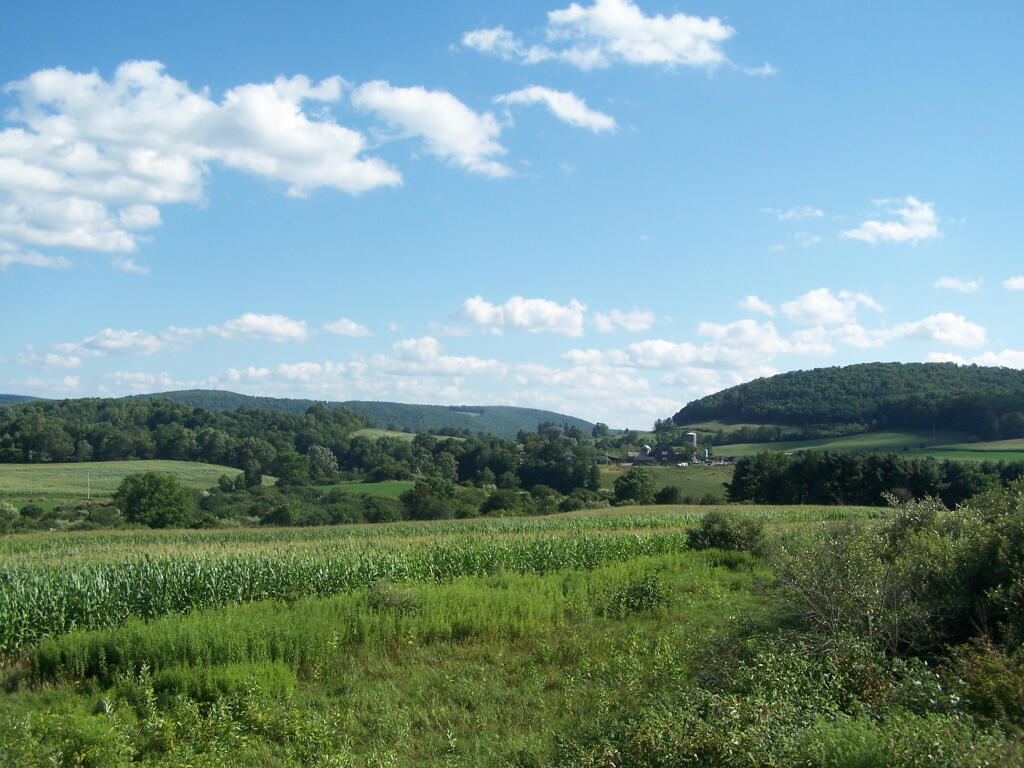Cybercriminals Hijack a Robotic Milking System, Causing Cattle to Die | The Bullvine
Country Life
Number of Pickup Trucks Registered by County
Forest Cover of Moose River Plains
Farming and the Natural Landscape.
Farmers they say live off the fat of the earth.
In other words, they plant, they raise, the grow food and fiber in the dirt which they either sell or feed to livestock. The same could be said of ranchers, or for that matter loggers — both who generally use and manage natural resources both for today and tomorrow. They work the land in ways that tries to tie down and maximize nuetriant uptake in plants, use science to produce more product with less impact and fewer inputs.
Farms by their very nature are quite adaptable land-use pattern. A farm can become a housing development, a forest or wilderness area, a commerical plaza, an industrial area or a highway. Or it can continue to be agriculture. For one, farms are generally large properties, with one owner. Many farms are hundreds of acres, in some parts of country that are flatter and less agriculturally productive, farms can be thousands of acres managed by a single family. That makes land transfers and wide-spread development or conservation much easier.
Farm land is generally lightly developed, as most fields are dirt that could quickly grow back up to forest if abandoned. Or paved or built over. Farming in many ways is a temporary land use, much more so then when a farm land is paved-over, subdivided, or used for other non-natural purposes. Developed land is often in many hands, and contains buildings, infrastructure, and other things that can be costly to remove. Farm land also is more productive to wildlife, often the home of many species of birds, deer, coyotes and other wildlife. It absorbs carbon dioxide, and is part of a healthy landscape.
Meet The Super Cow – YouTube.
The Belgian Blue. https://www.wikiwand.com/en/Belgian_Blue



![Untitled [Expires September 10 2024]](https://andyarthur.org//data/photo_005431_large.jpg)